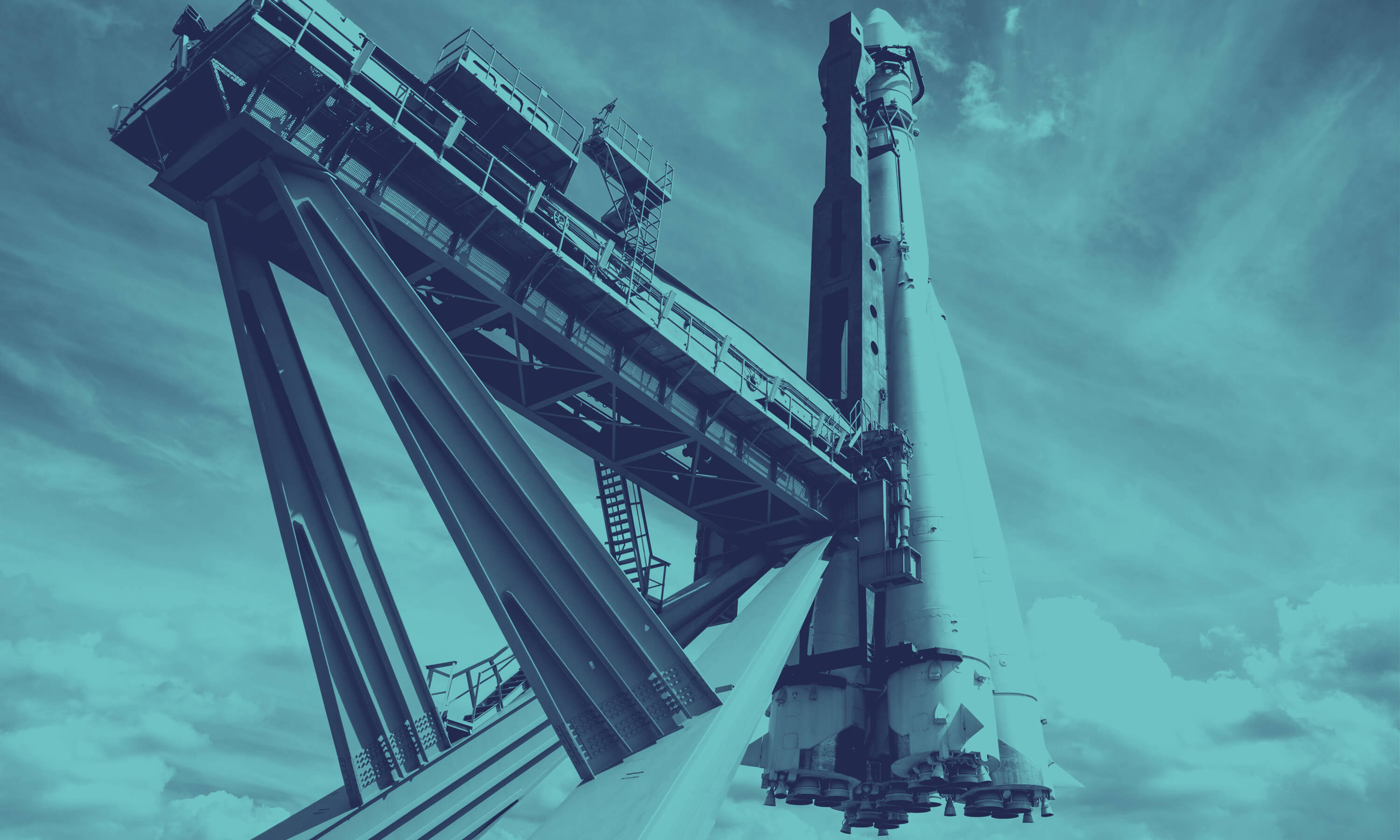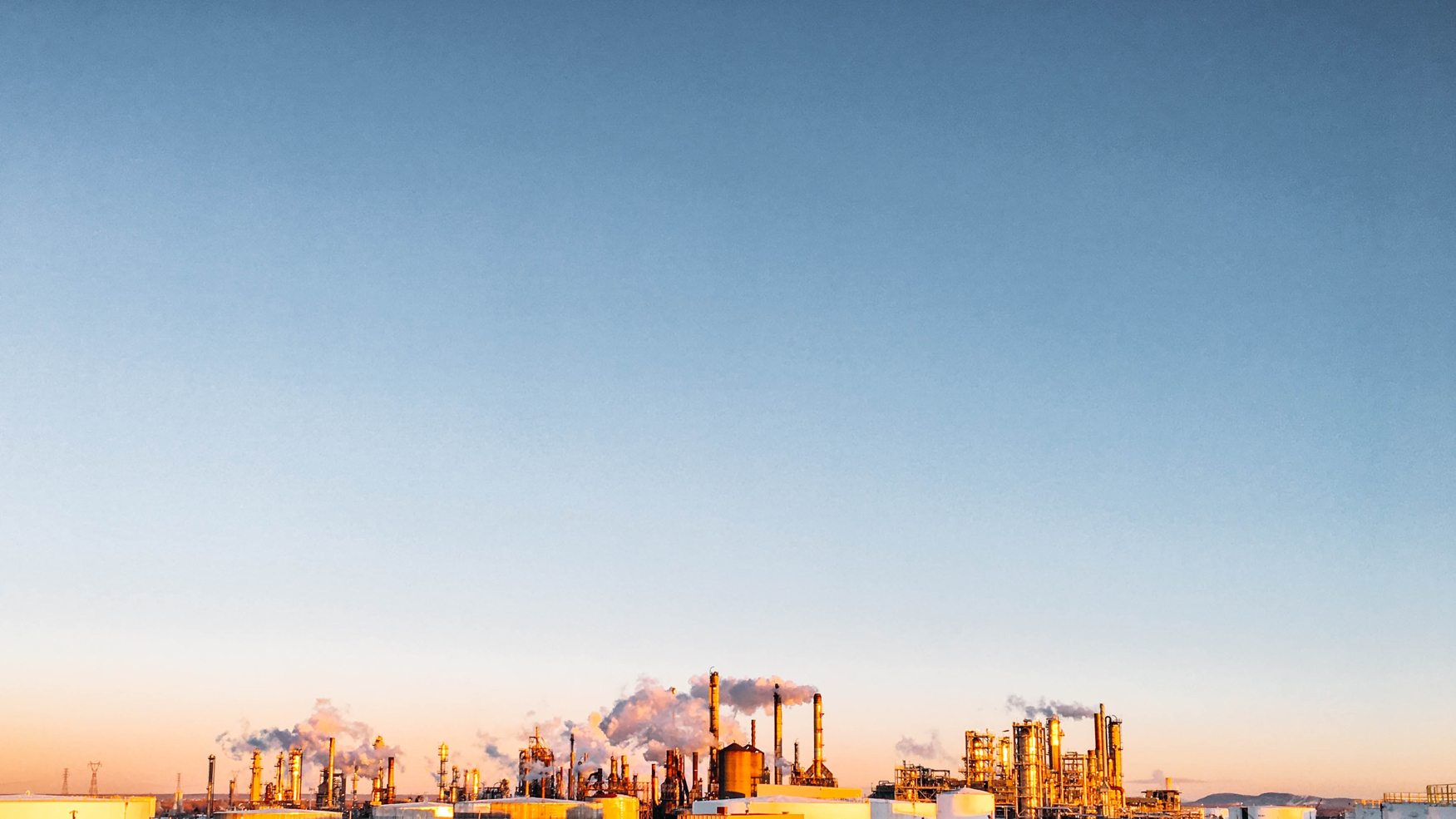The machinery and equipment sector is in a phase of cyclical slowdown that is compounded by a number of additional headwinds. Our expectation for a -4.7% GDP contraction in 2020e makes for a soft backdrop. The March 2020 global manufacturing PMI reading of 47.2 is witness of a generalised slowdown. Unsurprisingly, at the last readings (02/20), Asia was hit hardest with an average regional PMI of 43.2. The patchy cyclical background is by far eclipsed by the impact of Covid-19. However, Germany has also slowed down as witnessed by a decline in the local PMI from 48 in 01/20 to 45.4 in 02/20. Select pockets of the sector could benefit from an accelerated drive towards automation.
Automotive and mining are the most affected end markets that will see very negative fallout. We estimate automotive demand to decline by 10%y/y in an optimistic and 22% y/y in a pessimistic scenario of protracted crisis. Crisis and cyclical issues add to headwinds from regulation and electrification of transport. The mining sector will see capex reductions as a result of production shutdowns, budget constraints resulting from commodity prices and lower demand, which feeds into the machinery to a large extent. Very significant dislocations affecting the airline industry might have profound bearing on aerospace machinery. Energy will be very weak as a result of highly destructive commodity markets. The oil sector has so far announced collective capex cuts in the order of USD 25bn (source: company data) and more is likely still to come. Significant declines in demand will further weaken pricing power in a large number of segments. This will only be partially compensated through lower costs.
Besides demand, the sector is impacted by supply-chain disruption as a result of its heavy reliance on China as a component and manufacturing hub. China accounts for over 30% of global value added and is the single most important region in terms of this measure. Component shortages and interruptions of supply are likely to last beyond the peak of the crisis due to lag effects that can persist for some months. Chinese PMI readings of 36 for export orders and 32 for supplier lead times (source: IHS, AGI) already in February are indicative of the issue. Import dependency is very high with 52% for a sample of relevant countries across the world (source: IHS, Euler Hermes, Allianz Research).
Furthermore, significantly reduced trade floors strongly impact machinery as an export-driven sector. As outlined above, it goes without saying that China is the most impacted region. China on its own represents 20-30% of export revenues for the sector (source: IHS). For Europe and the US, aerospace and electrical equipment are the most exposed sectors. The German plastics and rubber machinery sector is very dependent on China as an export market.
Finances in the sector are solid at 2.2x net debt/Ebitda 2019 at the end of 2019. Globally, industrial machinery is forecast to deliver 8-12% y/y earnings growth 2020e. This is in stark contrast to 15% expected earnings decline for construction/trucks and agricultural machinery in the US and 2.5% growth for the rest of the world (source: Factset). We caution that numbers and guidances are very much in flux, earnings expectations in what is the most cyclical sector are being revised downwards very quickly, visibility is low and supply-chain disruption will require financing of working capital.
 China
China
 United States
United States
 Germany
Germany












